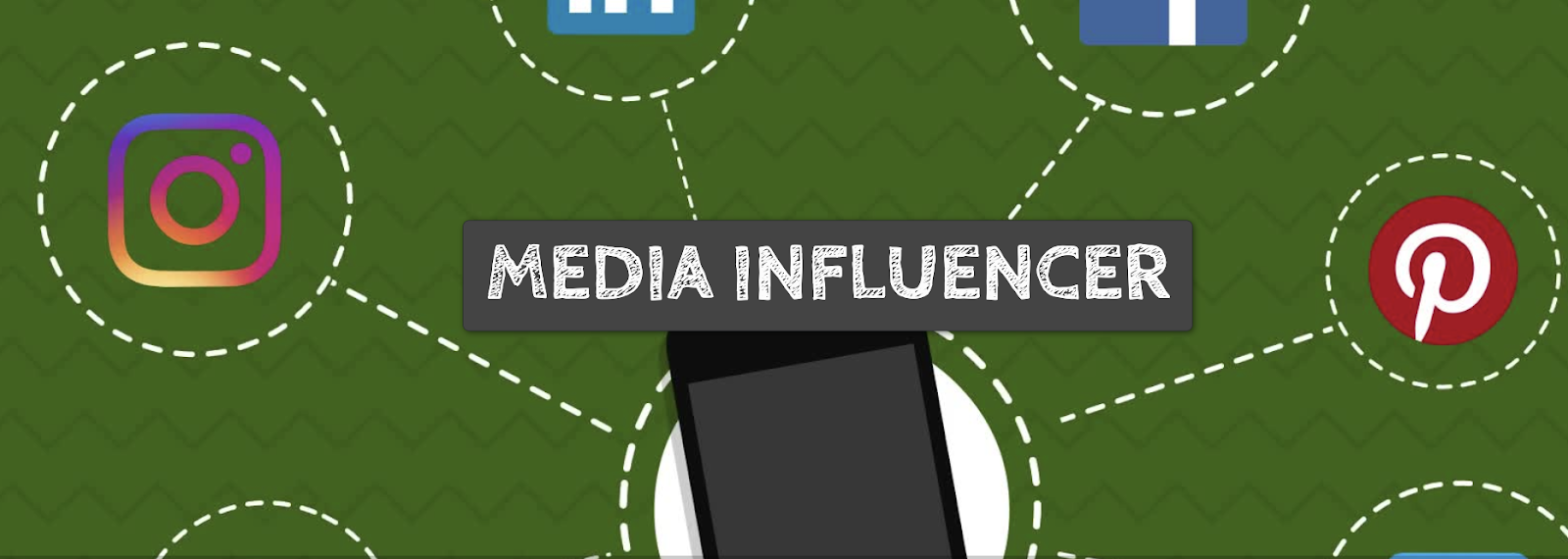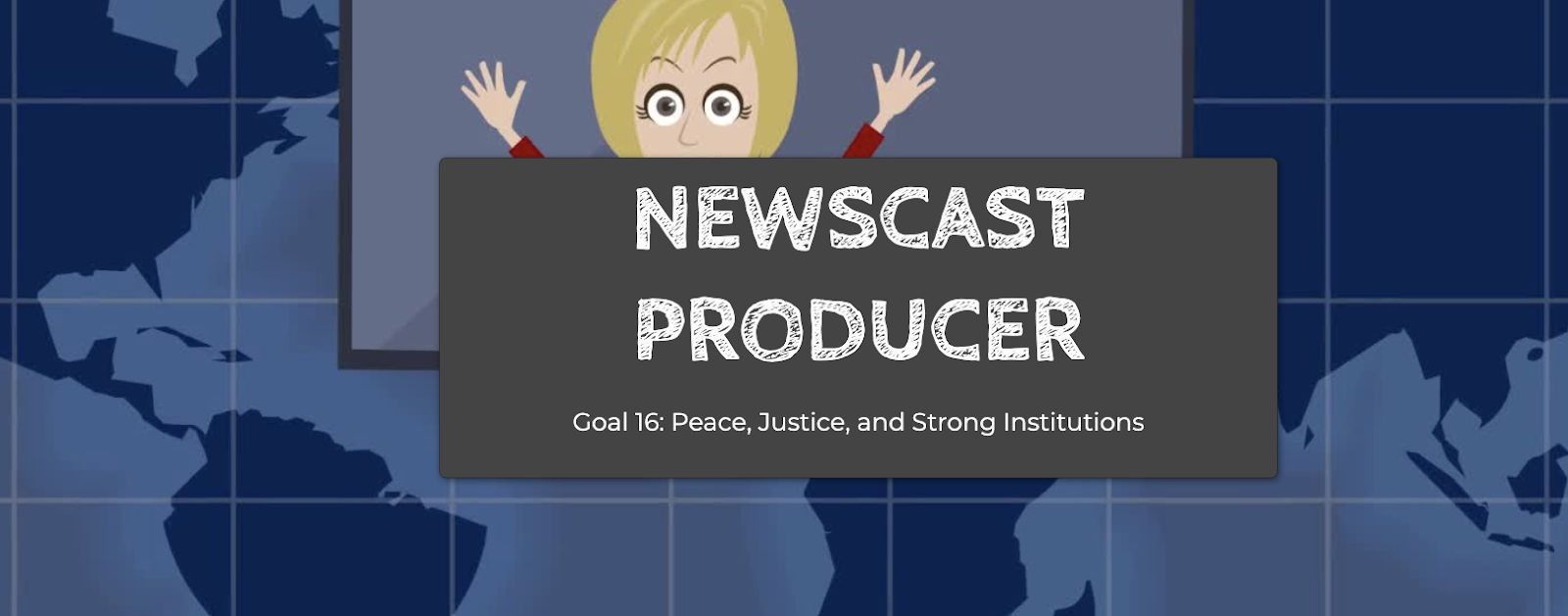Today, people have access to more information than ever before. Every day, more information is available to learners through multiple sources. One challenge educators face is determining how to help students learn how to manage resources and information. Ultimately, how can educators provide opportunities for learners to develop skills to understand how to effectively research, evaluate, and communicate accurate information?
As educators think about how to provide opportunities for learners to engage in the digital world, it is important to provide learners with a meaningful context to build information literacy skills. Through project-based learning, learners have many opportunities to engage in making meaning through their learning. This could be done through research, evaluating information, and applying information gained to solve a problem.
One way to do this is through Defined Learning Performance Tasks. The learning opportunities students have through the performance tasks allow them to learn from a variety of sources. Learners have the opportunity to evaluate information and make decisions to develop a solution to a real-world situation or problem through a performance task.
Examples of Performance Tasks that Allow Students Opportunities to Build Their Information Literacy Skills:

Learners focus on how social media and current events can influence people’s beliefs and behaviors in a variety of ways. Understanding the difference between facts, points of view, and opinions is the connection to information literacy.

Learners focus on communicating through newscasts and social media on the global issue of child labor. Understanding how to communicate objectively and succinctly using facts from reliable sources is the specific connection to information literacy, although many more connections can be made as students research the topic and view various news sources.
Defined Learning tasks encourage critical thinking and provide authentic opportunities for K-12 students to ask questions about the media they consume. As you see in the Newscast Producer task, learners need to communicate objectively and succinctly using facts from reliable sources. In the Media Influencer task, learners focus on how different media sources and events can influence people. This requires the learners to understand how points of view and opinions are different from facts.
Information literacy will continue to become more and more important as people continue to have access to an enormous amount of information. As learners become more literate with informational literacy, they will be more skilled to identify, find, evaluate, acknowledge, and apply different sources of information. Through informational literacy, learners also learn how to communicate information in various formats. These key components of information literacy blend perfectly with project-based learning and Defined Learning tasks as they require learners to develop and communicate products to an authentic audience.
About the Author:
Jordan Menning is an educational consultant and leader that has a passion for making sure each learner has meaningful real-world learning experiences. His dedication to education has led him to lead educators and schools to implement project-based learning (PBL) throughout the country. Over the course of the last 12 years, Jordan has taught ELA, math, science, and STEM. Jordan has also been an instructional coach, consultant, and Future Ready leader.